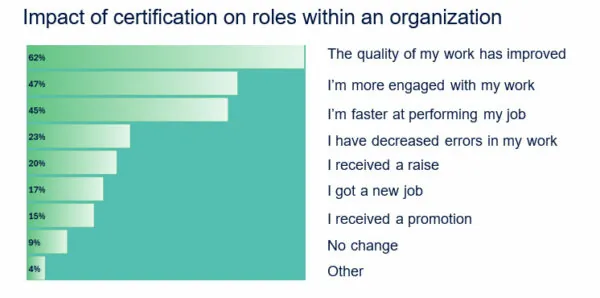The Power of Training: Unlocking the Potential of Simulation Software

Training is often the bridge between potential and performance. For companies using simulation software, the complexities involved in modeling, analysis, and the interpretation of results demand skilled engineers. Comprehensive training equips these engineers with the necessary skills to efficiently navigate sophisticated software, making the most of its capabilities and thereby reducing time-to-market for new products and achieving accurate insights.
According to a study by the International Data Corporation (IDC), comprehensive training increases the return on investment (ROI) for software by up to 70%. This significant figure highlights how training not only speeds up the adoption rate of new technologies but also maximizes their utility, leading to faster problem-solving and innovation.
Furthermore, research suggests that employees who receive formal training are 5 times more likely to use the software to its fullest potential compared to self-taught users. This statistic demonstrates the tangible benefits of structured training programs, such as those offered by EDRMedeso, which cover everything from basic functionality to advanced features and applications.
At EDRMedeso our team of trainers has a combined 100’s years’ experience. They are in contact with customers in a wide range of industries every day and know what problems they need to solve and support them in resolving these situations. The team speak your language, understand your issues and equally know their way around engineering simulation tools. So, what specifically can training bring to the table?

Enhanced efficiency – proper training reduces the learning curve associated with software. For simulation users, this means quicker integration into existing projects and workflows, enhancing overall productivity.
Error reduction – with adequate training, the frequency of errors can be significantly reduced. This improvement in accuracy is crucial, and where precision is paramount, such as in structural engineering and fluid dynamics.
Improved Innovation – by fully understanding the tools at their disposal, engineers can push the boundaries of traditional design and testing. Training ensures that users can leverage advanced simulation features, of not just navigating these tools, but offers the lowdown on what to consider when analyzing components or products in a practical manner, innovating and optimizing designs.
The adoption of simulation software is a strategic move for any company looking to stay competitive. However, the full benefits of these tools can only be realized through effective training programs that ensure users are capable and confident. By investing in training, companies not only enhance their operational efficiency and innovation capacity but also contribute to a more skilled and motivated workforce.

